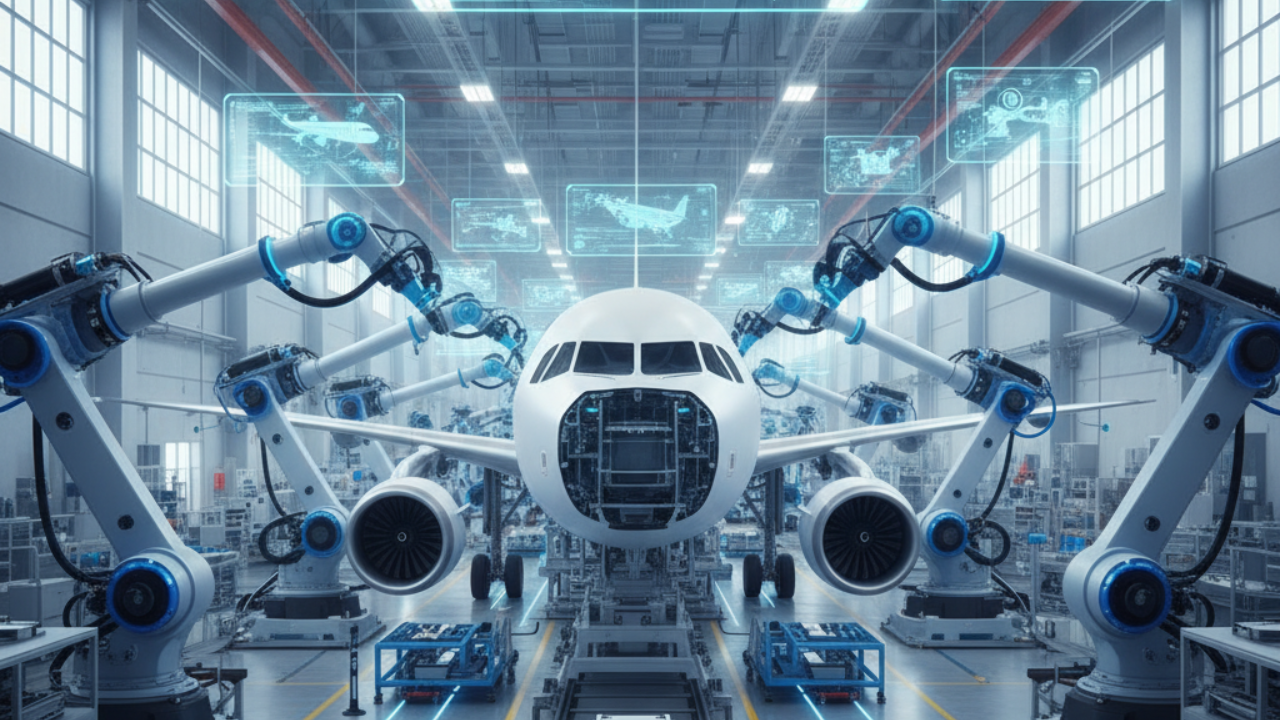
Post by : Meena Rani
The global Aircraft Maintenance, Repair, and Overhaul (MRO) industry is entering a decade of transformation. Valued at over $80 billion in 2024, it is projected to cross $120.96 billion by 2030, driven by a consistent rise in commercial air travel, increasing fleet sizes, digitalization, and sustainability efforts. Airlines, OEMs, and independent MRO providers are rapidly adapting to these trends to remain competitive and operationally efficient.
This comprehensive overview examines the factors shaping the global MRO market, the role of emerging technologies, regional dynamics, and the future growth outlook amid evolving regulatory and environmental challenges.
Air travel demand continues to surge, particularly in Asia-Pacific and Middle Eastern regions. According to IATA, passenger traffic is expected to double by 2035, with emerging markets becoming key aviation hubs. Increased air travel has led to accelerated aircraft orders, placing additional pressure on MRO networks to support both new and aging fleets. Airlines now balance fleet modernization with life cycle extensions to manage costs and sustainability goals.
Older aircraft often require extensive maintenance checks such as C and D checks, cabin refurbishments, avionics upgrades, and component replacements. North American and European airlines still operate a significant share of older aircraft, pushing demand for structural maintenance and part replacements. The average commercial jet age across major carriers remains above 10 years, sustaining high MRO activity levels globally.
The adoption of artificial intelligence (AI), machine learning, and connected systems has revolutionized maintenance planning and execution. Predictive maintenance powered by real-time aircraft data helps reduce unplanned maintenance events and improves component life cycles. Digital twins, IoT-enabled sensors, and cloud-based analytics now form the backbone of MRO innovation worldwide.
The Asia-Pacific region leads global MRO growth, accounting for nearly one-third of the total market share. Rapid fleet expansion in China, India, Indonesia, and Singapore underscores the shift of aviation activity toward Asia. Governments are investing heavily in MRO infrastructure to meet domestic and international demand. India’s focus on 'Make in India' initiatives supports both indigenous manufacturing and aircraft maintenance ecosystems.
The Middle East has evolved into a major aviation gateway linking Europe, Asia, and Africa. Flag carriers such as Emirates, Etihad Airways, and Qatar Airways have invested in large MRO hubs in Dubai, Abu Dhabi, and Doha. These facilities offer cutting-edge diagnostic systems, robotic repair platforms, and predictive maintenance tools, elevating turnaround efficiency and safety compliance standards.
Despite being mature markets, Europe and North America remain critical to global MRO due to their large fleet bases, advanced maintenance capabilities, and regulatory stringency. American and European airlines invest heavily in modernization and hybrid maintenance strategies that blend in-house teams with third-party specialists. The adoption of digital twin simulations and AI-based monitoring systems continues to drive process optimization across the Atlantic regions.
Digital twin solutions create virtual replicas of aircraft systems to simulate operations and maintenance scenarios. By integrating IoT data, these models predict potential failures before they occur. Airlines using digital twins have reported up to 20 percent fewer unscheduled maintenance events and improved overall uptime. Airbus and Boeing are already embedding twin-based analytics in their next-generation aircraft programs.
AI-driven data analytics enables MRO teams to identify failure patterns based on historical and environmental factors. Machine learning helps generate component maintenance forecasts, optimize spare part inventories, and streamline logistics. Predictive algorithms can model fleet reliability, ensuring aircraft readiness while reducing maintenance costs and flight delays.
Modern hangars now integrate robotics for inspections, structural maintenance, and component repairs. Automated guided vehicles (AGVs), robotic arms, and drones conduct high-precision inspections faster and more accurately than manual checks. The shift toward automation enhances worker safety, minimizes error margins, and shortens aircraft downtime within heavy maintenance cycles.
IoT connectivity transforms aircraft health management by enabling continuous data transmission from engines, avionics, and sensors to ground systems. This connection facilitates predictive maintenance scheduling and rapid fault diagnosis. Remote monitoring reacts instantly to anomalies, ensuring cost efficiency and reliability across airline operations.
AR and VR technologies are gaining ground in training, inspection, and maintenance support. Technicians use AR-enabled smart glasses for interactive repair instructions, while VR simulators help trainees develop hands-on experience without the need for live aircraft. These tools reduce human error and enhance operational readiness for MRO technicians.
The MRO sector underpins the entire aviation ecosystem by ensuring airworthiness, reliability, and sustainability across aircraft lifecycles. Globally, the industry supports hundreds of thousands of direct and indirect jobs spanning engineering, supply logistics, and digital management.
As airlines digitalize operations, the demand for cross-skilled professionals in data science, avionics, and robotics is soaring. Training institutions and aviation academies are integrating AI and digital maintenance modules into their curriculums to build a workforce aligned with future MRO needs.
Developing nations hosting large MRO hubs benefit from boosted exports, enhanced technology transfer, and increased employment. MRO expansion also encourages public-private partnerships and inflow of foreign direct investment (FDI) into related sectors such as manufacturing and logistics.
Environmental sustainability is becoming a core pillar for all aviation stakeholders. MRO providers are embedding eco-efficient practices to reduce waste, energy usage, and emissions from maintenance operations.
These initiatives contribute to net-zero emission goals while lowering operational costs and enhancing brand reputation among eco-conscious passengers and carriers.
While growth remains robust, the MRO industry faces several roadblocks that could affect its trajectory through 2030:
Singapore stands as the Asia-Pacific leader in MRO with companies such as ST Engineering and SIA Engineering establishing globally recognized standards for precision and efficiency. Through AI-driven diagnostics and modular repair systems, Singapore’s MRO sector has achieved faster service rates and higher safety scores than the industry average.
India’s aviation policy reforms and infrastructure investments aim to make the country a preferred global MRO destination. Major facilities in Hyderabad, Bengaluru, and Nagpur now cater to both domestic and international operators. Incentives such as tax reliefs and partnership programs are attracting OEM-backed MRO ventures.
Dubai and Abu Dhabi have invested in robotic inspection technologies and predictive analytics platforms for heavy maintenance operations. The region’s MRO capabilities now support long-haul widebody fleet maintenance, reinforcing its status as a global transit and service hub.
Market projections suggest a robust upward trajectory beyond 2030. The integration of AI, IoT, and blockchain technologies will further optimize fleet management. Partnerships between OEMs, technology firms, and airlines are expected to strengthen predictive maintenance ecosystems.
The next frontier for MRO involves sustainable aviation fuel (SAF) compatibility checks, 3D-printed spare parts, and autonomous inspection drones. As maintenance shifts from reactive to predictive and now towards prescriptive models, the future of aviation support will be data-led and environmentally conscious.
By 2035, analysts expect the global MRO industry to surpass $150 billion, underscoring its critical role in aviation safety, efficiency, and digital transformation. The symbiosis between technology and technical expertise will define how effectively this industry meets the operational demands of a globalized air network.
The Aircraft MRO industry serves as the vital backbone of global aviation. Its evolution is closely tied to advances in digital technology, sustainable practices, and skilled human capital. As airlines continue expanding fleets and enhancing passenger experiences, MRO facilities will remain pivotal for ensuring safety, efficiency, and profitability in a hyper-connected world.
With a market forecast to exceed $120.96 billion by 2030, the MRO sector is entering its most transformative decade yet—merging traditional maintenance craftsmanship with digital precision and data intelligence to power the future of global flight.
Aircraft MRO Aviation Maintenance Aircraft Repair Aviation Industry Trends Predictive Maintenance Digital Twin Technology AI in Aviation Aerospace Market 2030 Airline Fleet Management Aircraft Overhaul

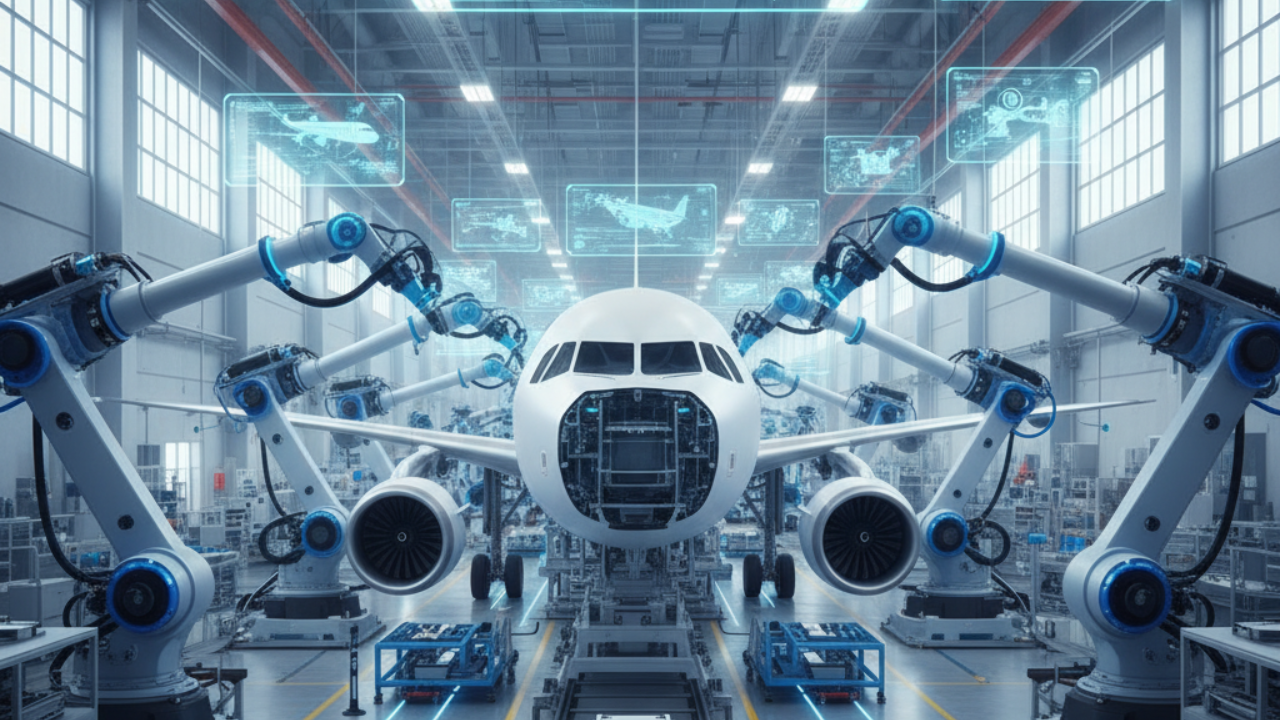
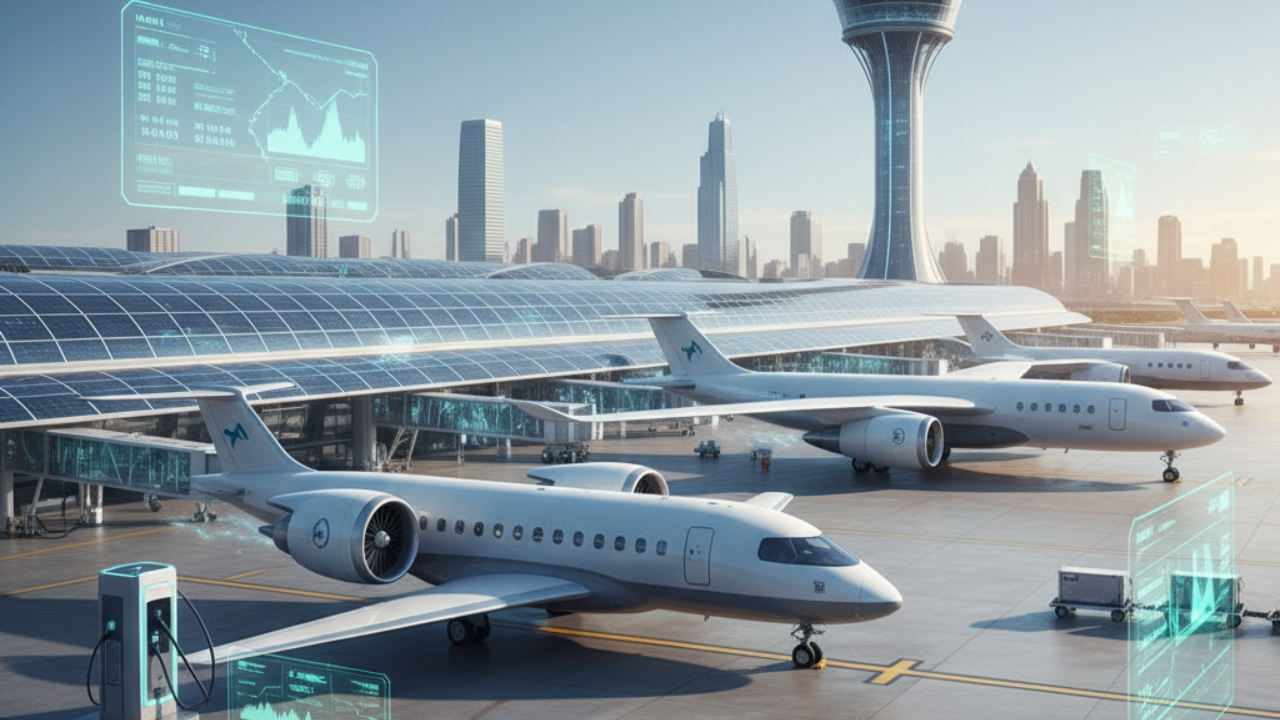
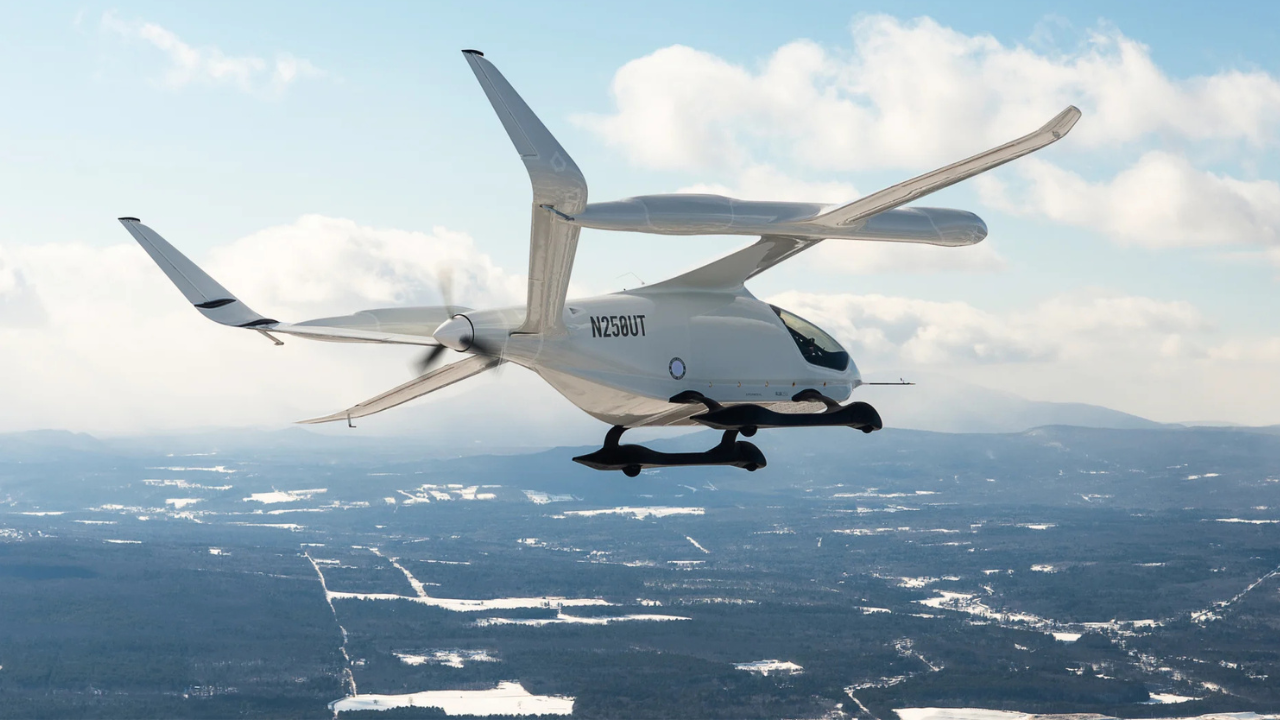



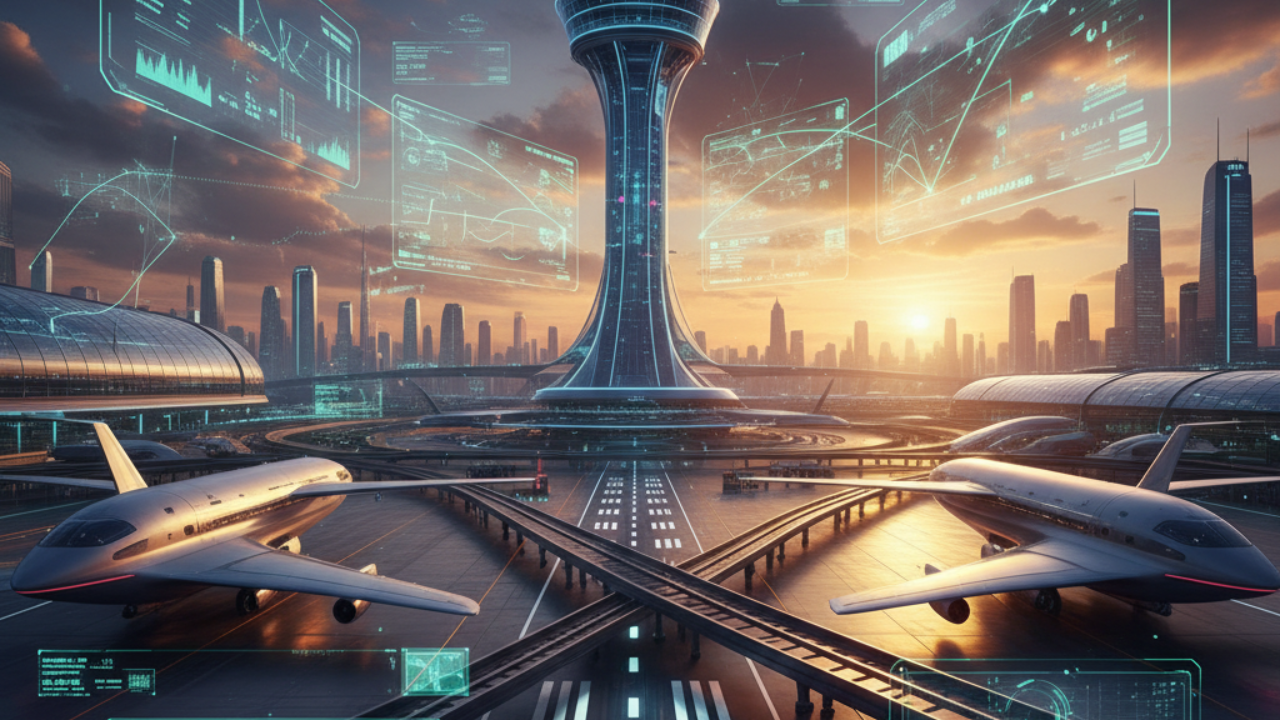


Bengaluru-Mumbai Superfast Train Approved After 30-Year Wait
Railways approves new superfast train connecting Bengaluru and Mumbai, ending a 30-year demand, easi

Canada Post Workers Strike Halts Nationwide Mail and Parcel Services
Canada Post halts operations as CUPW strike disrupts mail and parcel delivery nationwide amid disput

PM Modi Launches BSNL ‘Swadeshi’ 4G Network, 97,500 Towers Built
India enters global telecom league as PM Modi inaugurates BSNL’s indigenous 4G, connecting 26,700 vi

India’s Iconic MiG‑21 Takes Final Flight After Six Decades of Service
After 60 years India retires its MiG‑21 fighter jet, a legendary yet controversial warplane marking

Hindustan Zinc unveils AI hotspot monitoring at Debari smelter
Hindustan Zinc launches AI-powered Switchyard Hotspot Monitoring at Debari smelter to cut outages bo

Chinese experts worked inside sanctioned Russian drone plant
Chinese drone specialists visited IEMZ Kupol supplying parts and drones via intermediaries, deepenin